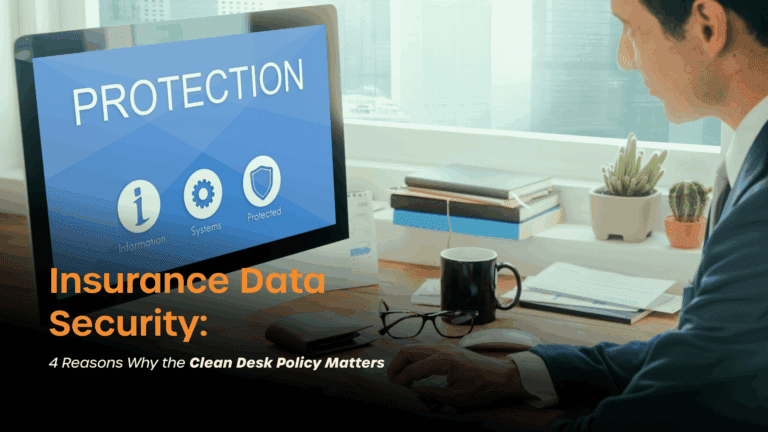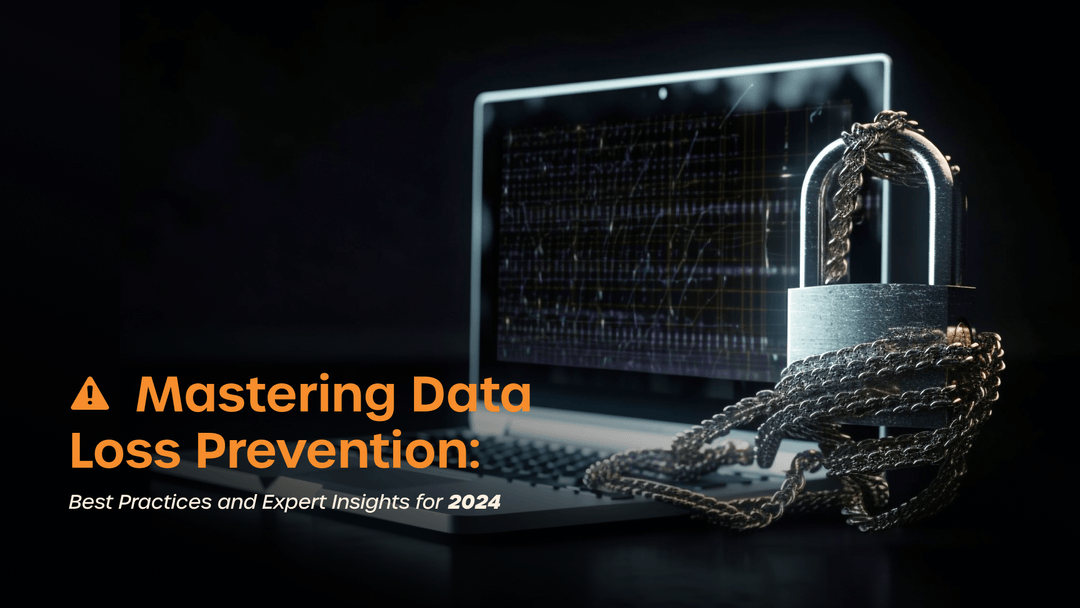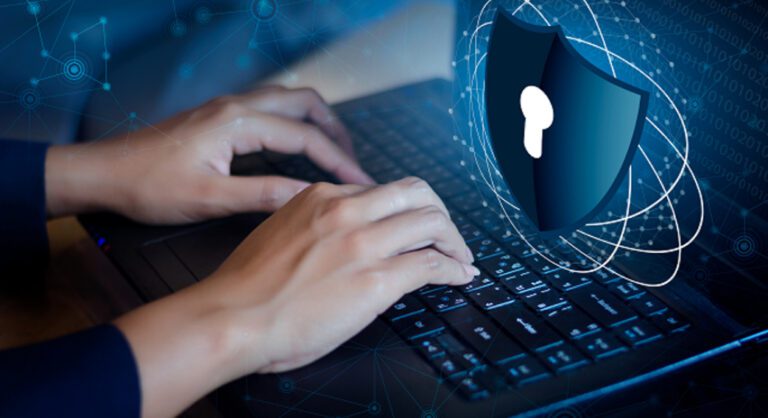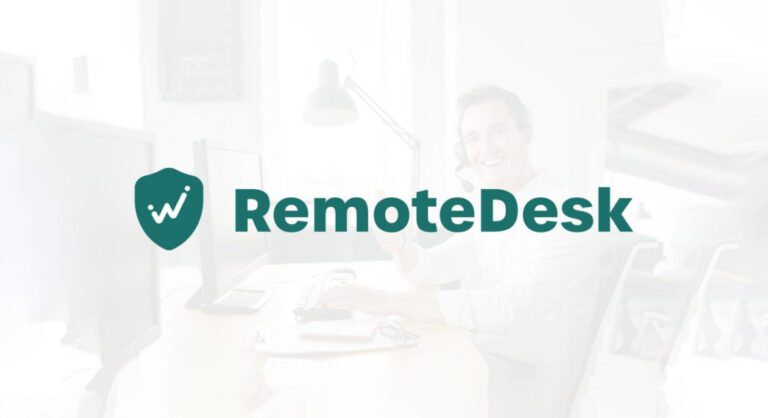
Mastering Data Loss Prevention: Best Practices and Expert Insights for 2024
- Rajnish Kumar
- 6 Mins

Summary
Data Loss Prevention (DLP) helps organizations protect sensitive data from leaks, breaches, and unauthorized access. With RemoteDesk’s AI-powered eDLP solutions, businesses can secure PHI, PCI, and PII data, ensure compliance with HIPAA and PCI DSS, and maintain full visibility over their digital environments.
In today’s digital age, safeguarding sensitive data is crucial for any organization. Data Loss Prevention (DLP) is a set of practices, tools, and processes designed to prevent the unauthorized use, access, or loss of critical information. This blog explores the fundamentals of DLP, its significance, and the various ways it can be implemented to enhance data security.
What is Data Loss Prevention (DLP)?
Data Loss Prevention (DLP) encompasses a range of technologies and strategies aimed at ensuring that confidential and sensitive data remains secure from unauthorized access or breaches. It involves monitoring, identifying, and protecting data across various platforms and environments.
The Role of Data Loss Prevention (DLP) Software
DLP software is designed to classify and manage sensitive data according to predefined policies and compliance requirements such as HIPAA, PCI-DSS, or GDPR. By identifying potential policy violations, DLP software enforces protective measures like alerts, encryption, and access controls to prevent data from being inadvertently or maliciously compromised.
Key functions of DLP software include:
- Monitoring endpoint activities: Keeping track of data access and usage on user devices.
- Filtering data streams: Analyzing data transmissions across corporate networks.
- Cloud data monitoring: Ensuring data security in cloud environments.
- Compliance reporting: Generating reports to satisfy regulatory and audit requirements.
Why Your Organization Needs Data Loss Prevention (DLP)
DLP addresses several critical objectives for organizations, including:
1. Personal Information Protection and Compliance
Organizations that handle Personally Identifiable Information (PII), Protected Health Information (PHI), or payment card information (PCI) must comply with stringent regulatory requirements. DLP helps classify and monitor these data types, providing essential reporting for compliance audits.
2. Intellectual Property (IP) Protection
For businesses with valuable intellectual property, DLP solutions offer context-based classification and protection against data exfiltration. This ensures that sensitive information, whether structured or unstructured, remains secure from unauthorized access.
3. Enhanced Data Visibility
DLP provides comprehensive visibility into data movements across endpoints, networks, and cloud services. This allows organizations to track and manage how data is accessed and used, thereby improving overall data security.
Trends Driving Data Loss Prevention (DLP) Adoption
The demand for DLP solutions has surged due to several factors:
- Increased role of CISOs: Chief Information Security Officers (CISOs) emphasize the need for robust data protection measures.
- Evolving compliance mandates: New regulations like PCI DSS, HIPAA PHI necessitate adaptive DLP solutions.
- Complex data environments: The rise of cloud services and complex supply chains require enhanced data protection mechanisms.
- Frequent and large data breaches: High-profile data breaches underscore the importance of preventing data loss.
- High value of stolen data: Sensitive data fetches significant value on the Dark Web, motivating cybercriminals.
- Growing volume of sensitive data: The expansion of intangible assets necessitates advanced data protection strategies.
- Security talent shortage: Managed DLP services help mitigate the impact of the global shortage of cybersecurity professionals.
Selecting the Right Data Loss Prevention (DLP) Solution
When choosing a DLP solution, consider the following:
- Deployment Architectures: Options include Endpoint DLP, Network DLP, Discovery, and Cloud DLP.
- Platform Compatibility: Ensure the solution supports all relevant operating systems (Windows, Linux, OS X).
- Threat Protection: Determine if you need protection against internal, external, or both types of threats.
- Data Inspection Methods: Decide between content-based or context-based data classification.
- Compliance Needs: Align the solution with your regulatory requirements.
- Integration: Check for compatibility with other security technologies you use.
- Scalability and Management: Assess the ease and speed of deployment, along with the need for additional staff.
Best Practices for Data Loss Prevention (DLP) Implementation
To effectively implement a DLP strategy, follow these best practices:
- Define Clear Objectives: Identify whether your primary goal is protecting intellectual property, enhancing data visibility, or ensuring regulatory compliance.
- Secure Executive Buy-In: Gain support from key stakeholders across various departments.
- Establish Evaluation Criteria: Develop a set of criteria to assess potential DLP vendors.
- Outline Roles and Responsibilities: Clearly define the roles of individuals involved in the DLP program.
- Start with Quick Wins: Implement manageable initial projects to demonstrate immediate benefits.
- Collaborate with Business Units: Work with different departments to develop effective DLP policies.
- Document Processes: Maintain thorough documentation to ensure consistent policy application and facilitate onboarding.
- Measure Success: Define and monitor key performance indicators (KPIs) to evaluate the DLP program’s effectiveness.
Conclusion
Data Loss Prevention is an essential component of any comprehensive data security strategy. By understanding its principles, selecting the right tools, and following best practices, organizations can significantly reduce the risk of data breaches and ensure the protection of their most valuable information assets.
Why RemoteDesk?
RemoteDesk, is a trusted partner to revolutionize the way organizations safeguard their sensitive information and ensure compliance in today’s dynamic work environment. It specializes in providing advanced solutions that leverage the power of Computer Vision AI to address the evolving challenges of remote work and data protection. Our comprehensive suite of services is meticulously crafted to meet the unique needs of modern businesses.
Our platform provides:
Secure eDLP
Guard the PHI and PCI data from any breach with RemoteDesk.Utilize continuous facial verification AI technology to verify authorized users and prevent unauthorized access, effortlessly safeguarding the data.
- Secure Data compliance (HIPAA PHI, PCI DSS) and privacy
- Continuous Face Scan, User behaviour and Analytics
- Data Risk Security & Threat Mitigation
Face-Auth
Strengthen your security posture with RemoteDesk’s facial authentication, offering a seamless yet secure way to verify identities and enforce compliance.
- Continuous Workforce Face verification & Authentication
- Real-time Imposter and Spoof Detection and Breach prevention
- Malicious and Insider activity Detection and Risk Mitigation
Zero Knowledge
Ensure Employee Accountability and safeguard PHI, PCI, and PII data while sharing Zero Knowledge about employees to ensure their privacy.
- Malicious and Insider activity Detection and Risk Mitigation
- Safeguard sensitive and personal data
- Secure Data compliance (HIPAA PHI, PCI DSS) and privacy
RemoteDesk recognizes the shortage of security talent and is here to fill that gap. Our Managed Security Program extends your team’s capabilities. Our 24×7 team will help ensure that sensitive data does not leave your organization. We will fully manage your data protection infrastructure and assist you in achieving the fastest time-to-value.
What is Data Loss Prevention (DLP)?
Why is DLP important for organizations?
How does DLP software work?
What makes RemoteDesk’s DLP solution different?
How can businesses implement Data Loss Prevention effectively?
Get Started Today
Sign up in minutes. Secure your remote
workforce with confidence.
See how RemoteDesk makes compliance and data protection effortless.







